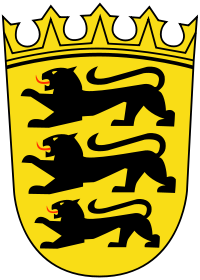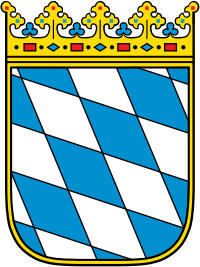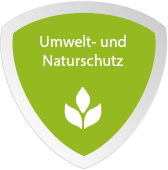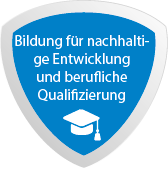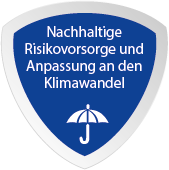Die nachfolgenden Inhalte stammen aus dem Kooperationsprogramm "Interreg Danube Transnational Programme" (Version 1.1).
Kurzbeschreibung
Development as well as practical implementation of transnational tools and services for water management and flood risk prevention.
Förderziel
Strengthen transnational water management and flood risk prevention.
Fördergegenstände
Bildung, Qualifizierung, Information, Kommunikation, Beteiligung, Monitoring, Evaluierung, Strategieentwicklung, Konzept-, Teilkonzepterstellung, Wissenstransfer
Zuwendungsempfänger
Beneficiaries are according to their legal form:
Local, regional and national public authorities/institutions, bodies governed by public law, EGTC, international organisations and private bodies.
Beneficiaries comprise according to their thematic scope:
Among others local, regional and national public authorities and organisations established and managed by public authorities responsible for environmental issues, infrastructure and (public) service providers (e.g. for water supply), interest groups including NGOs (e.g. international organisation, environmental organisations, voluntary association, etc.), research and development institutions, universities with research facilities, higher education, education/training centre and school.
Förderfähige Gebietskulisse
Die förderfähige Gebietskulisse in Deutschland umfasst: Baden-Württemberg und Bayern.
Kooperationsmöglichkeiten bestehen mit folgenden Staaten: Österreich, Bosnien und Herzegowina, Bulgarien, Tschechische Republik, Ungarn, Kroatien, Moldawien, Rumänien, Montenegro, Serbien, Slowenien und die Slowakei.
Achtung: Bitte prüfen Sie im Kooperationsprogramm (KP, CP) welche Teilräume der Staaten förderfähig sind.
Art der Unterstützung
Non-repayable grant
Beschreibung
Actions are assigned to Programme-Part "Environment and culture responsible Danube region".
The following types of action may be financed:
Development of common orientations, frameworks and strategies, development and practical implementation of transnational tools and services, preparation of transnational investments, pilot activities including small-scale investments, development and practical implementation of training and capacity building, accompanying information, dissemination and publicity measures.
Indicative Examples:
- Raise awareness on the implementation of the most appropriate techniques and environmental practices including the further improvement of waste treatment efficiency and treatment level.
- Better integrate policies for the reduction of the total amount of pollution (e.g. nutrients and hazardous substances) entering the Danube river basin. Joint monitoring of ecological and chemical status and joint development of measures to improve water quality and ecological status.
- Better integrate policies to prevent deterioration of groundwater quality and the concentrations of pollutants in groundwater. Contribute to sound groundwater management and over abstraction of groundwater-bodies (including improved monitoring of water resource balances in quantity and quality).
- Mitigate conflicts of interest and develop innovative measures and improved coordination and dialogue between the users of water or other resources, e.g. farmers and other water users.
- Encourage more effective information sharing, mutual learning and a sustainable approach to managing the risks of floods to protect human life and property while encouraging conservation and improvement of water related ecosystems.
- Contribute to the common transboundary implementation of the Flood directive (joint flood monitoring and alert systems) by better integrated and more effective, informative flood forecasting (going beyond projects supported in the previous periods), coordination of the operation of hydraulic structures, exchange of flood protection techniques, technologies and experiences, harmonisation of operative flood protection methods.
- Contribute to proper fluvial and sediment management to track sediment transport and morphological changes along the river system.
- Build awareness for joint action and facilitate the exchange of good practice (e.g. communication to the public and specific target groups).
- Develop and implement education, training and capacity building to support sound water management.
Zielgruppe
The main target groups are public and private actors who benefit from transnational achievements such as policy integration, knowledge transfer and capacity building, concrete solutions in the fields of green infrastructure development, water management and flood risk prevention and disaster risk management.
Auswahlverfahren
Information on the assessment process and selection criteria can be found in the application manual which will be available in an application package with each call for proposals. The assessment process comprises of an eligibility check, an quality check and an assessment of the strategic and operational relevance.
Projektauswahlkriterien
Selection criteria can be found in the Cooperation Programme on pp. 125-126. The full list of criteria can be found in the fifth part of the application manual.
Laufzeit
Start der Maßnahme: 01.01.2014
Ende der Maßnahme: 31.12.2014

